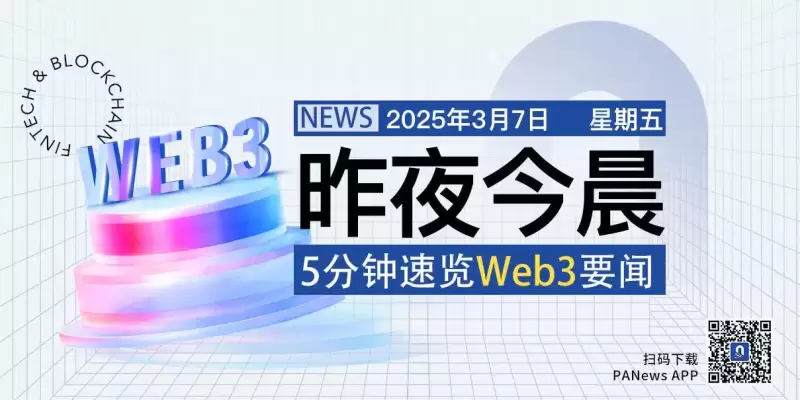 |
|
 |
|
 |
|
 |
|
 |
|
 |
|
 |
|
 |
|
 |
|
 |
|
 |
|
 |
|
 |
|
 |
|
 |
|
Cryptocurrency News Articles
Crypto Airdrops Faced a Dismal 2024, With 88% of Tokens Failing to Maintain Value
Oct 04, 2024 at 07:29 pm
A recent report by Keyrock highlights the challenges of 2024's airdrop season, revealing that only 8 of 62 airdrops delivered positive returns after 90 days.

2024 has seen a challenging landscape in the world of crypto airdrops, with a vast majority (88%) of airdropped tokens failing to maintain their value. This trend has sparked concerns among investors and enthusiasts, especially considering the high fully diluted valuations (FDVs) linked to many of these projects.
A recent report by Keyrock sheds light on the difficulties faced during 2024's airdrop season, revealing that out of 62 airdrops, only 8 delivered positive returns after 90 days. This translates to a mere 11% success rate, with Solana and Ethereum emerging as the only blockchains to host winning tokens.
Despite airdrops being touted as a strategy to distribute tokens and generate initial excitement, the 2024 data reveals that 88% of tokens declined in value within the first few months, typically following brief price spikes. Of the 62 airdrops studied, only 4 tokens on Ethereum and 4 on Solana managed to post gains after three months, while chains like BNB, Starknet, and Arbitrum saw no winners.
One of the key takeaways from Keyrock's report is the detrimental impact of high FDVs on token performance. Projects that launched with inflated valuations encountered sharp price declines. The report highlights that high FDVs restrict growth potential and limit liquidity, making it difficult for tokens to maintain their value once recipients begin selling.
The correlation between FDV and liquidity is crucial, as tokens with insufficient liquidity to support their FDVs crumble rapidly under sell pressure.
For example, ZKLend, a project that launched on Starknet with high expectations, saw its value plummet by 95%, showcasing how unsustainable FDVs can crush a token's market value.
However, not all airdrops ended in愁苦. Drift, a decentralized futures trading platform on Solana, emerged as one of the standout winners. The project launched with a conservative FDV of $56 million and meticulously managed its token distribution, rewarding long-term users rather than attracting opportunistic traders. By prioritizing community engagement and liquidity, Drift managed to triple its market cap, reaching $163 million post-launch.
2024's airdrop landscape demonstrates that while token giveaways can generate early buzz, their long-term success hinges on careful execution.
Projects that launched with realistic FDVs, sufficient liquidity, and strategic distribution plans, like Drift, have managed to thrive. On the other hand, tokens with inflated valuations, such as ZKLend, have struggled to maintain their value in the months following the airdrop.
Disclaimer:info@kdj.com
The information provided is not trading advice. kdj.com does not assume any responsibility for any investments made based on the information provided in this article. Cryptocurrencies are highly volatile and it is highly recommended that you invest with caution after thorough research!
If you believe that the content used on this website infringes your copyright, please contact us immediately (info@kdj.com) and we will delete it promptly.
-

- Ripple (XRP) Introduces Its RLUSD Stablecoin to the Stablecoin Market
- Apr 03, 2025 at 04:00 pm
- Ripple introduced its RLUSD stablecoin to the stablecoin market through its launch on Kraken cryptocurrency exchange. The USD-pegged stablecoin aims to boost its cross-border payment functions and integrate with the payment platform.
-

-

- Bitcoin (BTC) Price Consolidation May Be Precursor to a Market Drop, Analyst Says
- Apr 03, 2025 at 03:55 pm
- Bitcoin has seen a notable price consolidation over the past few weeks, trading between the $84,000 and $86,000 levels. Despite the initial surge in price, the cryptocurrency has faced a decline of 3.7% in the past week and nearly 10% in the past month, signaling a period of stagnation in its upward momentum.
-

- The OFFICIAL TRUMP price plummeted over 9% in the last 24 hours to trade at $9.29
- Apr 03, 2025 at 03:55 pm
- The drop in the TRUMP price comes after US President Donald Trump signed an executive order establishing reciprocal tariffs on trading partners and a 10% baseline tariff on all imports from all countries.
-

-

-

- FDUSD, BTC, TUSD, SEI, and LINK are the top 5 virtual asset-related keywords attracting the most interest
- Apr 03, 2025 at 03:45 pm
- According to the Token Mindshare (a metric quantifying the influence of specific tokens in the virtual asset market) top gainers from the AI-based Web3 search platform Kaito
-

-





























































